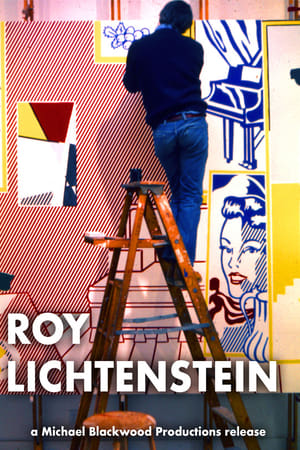Roy Lichtenstein (1975) [N/A]
Featuring:
John Coplans, Roy Lichtenstein, Claes Oldenburg
Directed by:
Michael Blackwood
Release Date:
January 1, 1975
Original Title:
Roy Lichtenstein
Production Companies:
Michael Blackwood Productions
Production Countries:
United States of America
Ratings / Certifications:
N/A
Runtime: 53
In conversation with Roy Lichtenstein, critic Lawrence Alloway places Pop Art on a continuum of twentieth-century art that includes collage, Dada, and Purism in referring to signs and objects of contemporary society; Lichtenstein argues for distinctions between himself, Warhol, Oldenburg, and others. In his Long Island studio, Lichtenstein works on an elaborate composition; one of his 4 major paintings on the theme "The Artist's Studio."
In the beginning stages of Roy Lichtenstein's career, the artist found himself saddled with side jobs that utilized his creative energy. In the gaps of time between his personal projects, Lichtenstein worked on window displays, sheet metal designs and architectural sketches. It is not hard to forge a connection between Lichtenstein's work experience and his own artwork. When watching the artist map out his creations one can feel these past experiences seeping onto the paper, notably in his precision and line work. Lichtenstein is methodical in sketching out his concepts, stating that most of his thinking "occurs on the drawings". To watch the development of Lichtenstein's pieces is to understand the delicacy and design that goes into each one. While the artist may feel like a staple of the pop art movement, Lichtenstein is hesitant to box himself into one genre and his work showcases a broad scope of styles ranging from abstract paintings to expressionistic cubism. Lichtenstein's most notable pieces are those involving his famed use of Ben-Day dots, with which he creates a comic like image. Through pieces in the early sixties such as Look Mickey and Drowning Girl, Lichtenstein solidified his unique style of painting. Focused deeply on providing his subjects with complex emotion, Lichtenstein morphed commercial art with palpable human energy. He saw the creation of these pieces as way to "take these sanitized symbols and project emotions into them" (Roy Lichtenstein) and in doing so Lichtenstein offered an astute commentary on society's own sanitization of human feeling.






